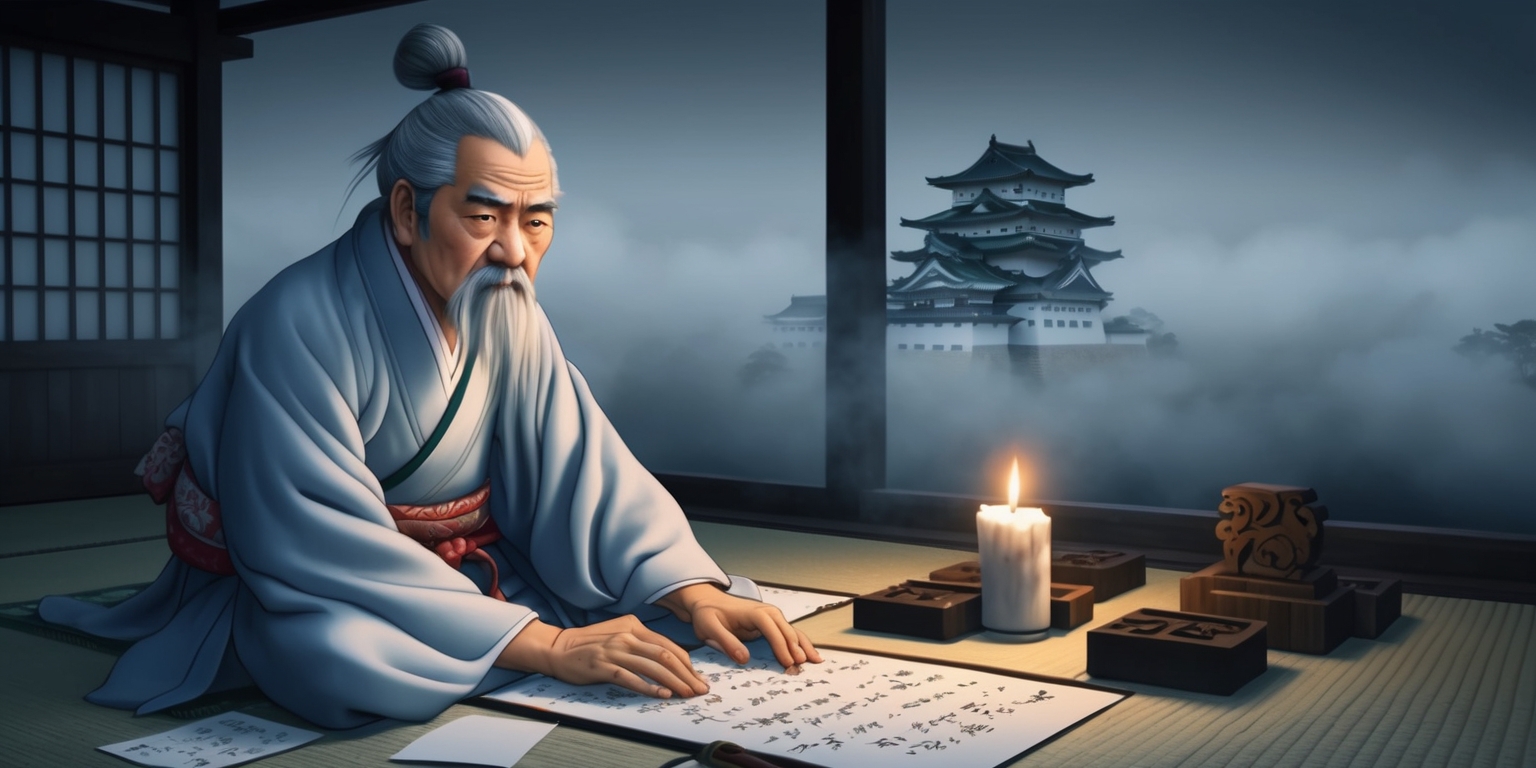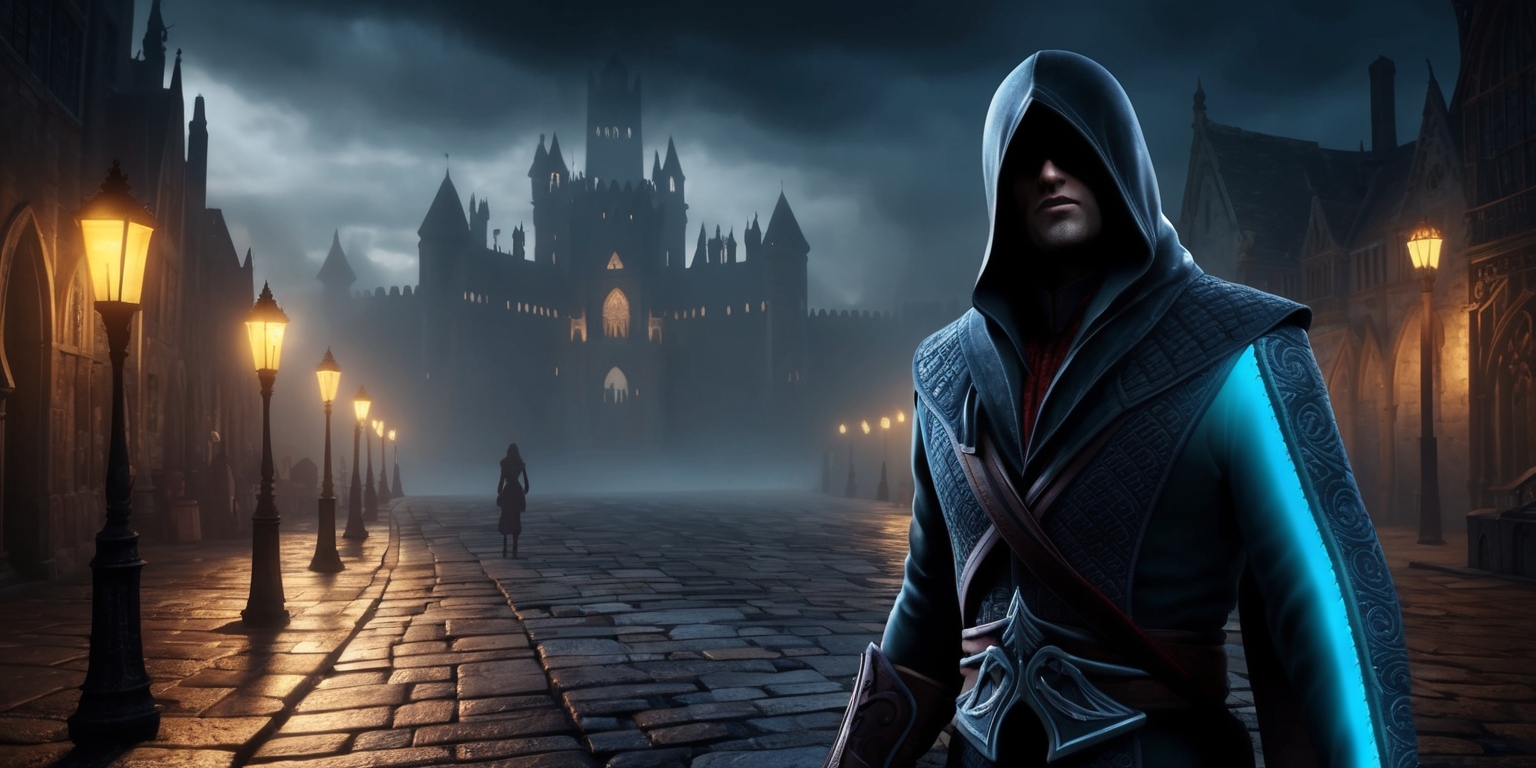Himeji Shadows: Unraveling the Enigma of the Renga Master
Apr-08-2025

In the immersive realm of Assassin's Creed Shadows, adventurers find themselves entangled in a narrative that blends historical mystery with intricate gameplay mechanics. The quest for the elusive renga master is more than merely a measure of ability—it unfolds as an exploration through a layered environment where every clue is shrouded in enigma. As players progress, they unravel hints hidden within a richly detailed map of Himeji, which sets the stage for dynamic exploration and thoughtful observation. This experience encourages deep engagement through its subtle directions and unexpected encounters, merging the art of stealth with the elegance of traditional Japanese architecture and urban planning.
Navigating the Enigmatic Cityscape
Drawing players into the vibrant streets of Himeji, the game presents a multi-faceted urban environment where the textures of history blend seamlessly with the pulse of a modern narrative. As you traverse this storied location, areas such as Himeji Castle and its surrounding landmarks serve as both guides and mysteries waiting to be solved. The urban layout itself is designed to foster exploration and discovery, with seemingly mundane alleys and strategic corners hiding essential clues for your mission. Within this framework, every building and pathway hints at further secrets, compelling you to use both intuition and careful observation to map out the course of your adventure.
Deciphering Obscure Clues and Subtle Hints
The quest for the renga master requires more than brute force; it demands a careful interpretation of subtle hints embedded within the game’s narrative. Players are tasked with piecing together vague clues that hint at the master’s presence in Himeji. This investigative approach elevates the gameplay to an art form, where each symbol and The mention imbues the context with additional nuance unfolding drama. The clues are crafted in such a way that they lead you to small, seemingly insignificant districts before guiding you to areas of high strategic importance. This observational nuance enriches the experience, challenging your detective skills while drawing you deeper into the mystery.
The Rengakai Quest: An Intricate Challenge
Central to this grand quest is the Rengakai mission, a storyline that threads together various elements of strategy, stealth, and critical thinking. This portion of the game emphasizes a balance between combat readiness and exploratory intellect. As you engage with the narrative, you must shift your focus between the broader mission objectives and the minute details that offer critical insights into the location of the renga master. The quest is designed to reward perseverance and a meticulous approach, with each step revealing more about the intricate relationship between the game’s characters and the historical context of the environment. This careful layering of objectives ensures that players are both challenged and deeply engrossed.
Encountering Architectural Wonders and Strategic Landmarks

Himeji Castle is more than a historical relic in Assassin's Creed Shadows; it functions as a strategic hub that frames a significant portion of your mission. The castle and its surrounding landmarks, such as the brewery and guild storage, are rendered with meticulous detail, providing a backdrop that is both visually stunning and narratively critical. The positioning of these structures not only adds realism to the environment but also embeds the story within a tangible landscape. Navigating the narrow passages near these landmarks requires precision and a well-honed sense of direction. Every element is crafted to encourage exploration and signal to the observant player that here, history and modern intrigue converge.
Mastering the Art of Observation
A key mechanism that transforms the quest into a cerebral adventure is the use of the Observation skill. This distinctive feature empowers players to scan their surroundings for visual cues, represented by a subtle blue dot that marks crucial locations. Through Observation, the game becomes an interactive puzzle, where every visual hint can lead to unexpected discoveries. The tool is not only essential for finding the renga master but also deepens your engagement with the environment. It encourages a slow, methodical exploration that rewards careful study over hasty action. This blend of technology and intuition ensures that even routine exploration reveals layers of hidden significance.
Intertwining Character Dynamics with the Environment
The game seamlessly integrates character development with the atmospheric backdrop of Himeji, inviting you to experience the tension and elegance woven through every narrative beat. Players navigate through complex character interactions and shifting allegiances, each encounter crafting a unique aspect of your journey. The personality of the renga master, enveloped in mystery and tradition, becomes an integral part of the city's fabric. Alongside your primary objective, transient interactions with citizens and minor characters add depth to the storyline, encouraging you to ponder the historical and cultural contexts that define this world. This approach creates a living, breathing environment where your every step resonates with discovery.
Embracing the Flow of the Narrative Journey
The pacing of Assassin's Creed Shadows is deliberate, leading players through a narrative that unfolds in measured, intriguing layers. Rather than overwhelming you with immediate action, the storyline gradually reveals its secrets. Each milestone along the path to finding the renga master is crafted to heighten anticipation, inviting you to embrace a slower, more reflective mode of playing. This thoughtful progression ensures that every turn and shadow carries the weight of history and personal destiny. The deliberate build-up of tension is complemented by bursts of revelation, keeping you engaged and curious. This narrative rhythm is central to the experience, ensuring that the The expedition itself provides as much fulfillment as arriving at any destination.
Exploring the Intersection of History and Interactive Design
The cultural and historical settings in Assassin's Creed Shadows are not merely backdrop elements; they are active participants in the unfolding story. Himeji is presented as a nexus where tradition meets modernity, its streets and landmarks echoing with the legacies of eras past. Historical nuances, such as the strategic placement of the castle and the architectural cues near the brewery, invite a closer inspection of the cultural symbols woven into the game. This approach enriches the story, prompting you to consider how history shapes both the environment and the characters who inhabit it. The design philosophy invites you to explore these connections, making the game a dynamic study of heritage in a digital age.
Architectural Brilliance and Environmental Aesthetics
The aesthetic design within Assassin's Creed Shadows is a marvel, paying careful attention to the interplay of light, shadow, and structural composition. The visual journey through Himeji is crafted to be exceptionally appealing and highly practical. The inherent allure of the surroundings is contrasted with the grandeur of historical structures, creating a setting that is both serene and intense. The precise layout near Himeji Castle showcases the careful thought given to spatial dynamics, ensuring that each location feels meticulously planned. For instance, the proximity of the renga master to well-known landmarks like the brewery and guild storage highlights the clever integration of game mechanics with environmental storytelling, offering a franchise experience "that is equally captivating in its visual appeal" narratively.
Tactical Use of the Map and Innovative Level Design
The game leverages an ingenious level design that transforms navigational challenges into core gameplay experiences. The map, a critical element that directs your progress, is both a tool and a canvas. Within its intricate details, you can track your movement across Himeji and identify zones of interest based on subtle visual indicators. This strategic mapping encourages players to constantly adjust their strategies, blending foresight with immediate tactical response. Every path, alley, and landmark is designed with a purpose, embodying an interplay between purpose and aesthetics that constantly rewards exploration. In this way, the game redefines what it means to navigate a virtual world, turning every segment of your journey into an evolving puzzle that demands both creativity and patience.
Integrating Interactive Storytelling with Immersive Gameplay
The interplay between dynamic storytelling and interactive gameplay is a hallmark of the experience. As you progress in the search for the renga master, each interaction and environmental detail contributes to a larger tapestry of narrative depth. The game invites you to engage actively, using both physical exploration and thoughtful decision-making to move forward. Each character encounter, every ambient sound cue, and the meticulously crafted digital environment work together to create a sense of presence that transcends traditional storytelling. You're not simply a passive onlooker; you're an active participant participant, interwoven into a narrative that reacts to your every move. This integrated design philosophy ensures that your journey remains as unpredictable as it is richly detailed, maintaining a forward momentum that is both immersive and challenging.







